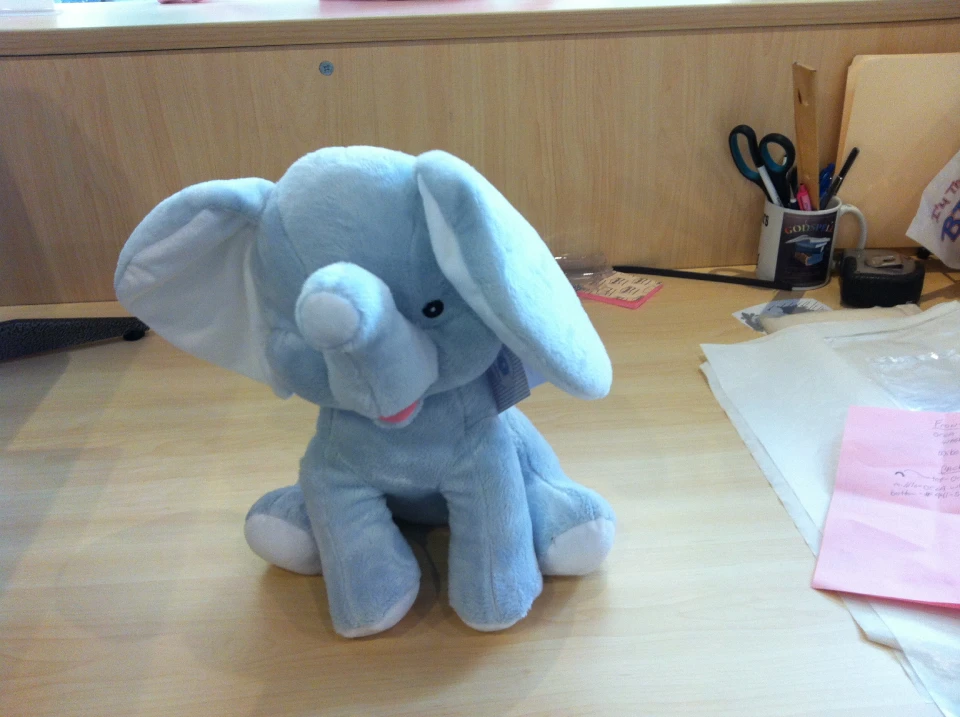Professional Screen Printing Solutions for T-Shirts, Aprons, and Much more
The Art of Customized Needlework: Opening the Secrets to Creating One-of-a-kind and Memorable Styles
The keys to producing custom embroidery layouts that captivate the eye and leave an enduring impression lie in a fragile balance of technique, creative thinking, and attention to information. As we delve into the world of custom embroidery, we discover the nuanced interplay between thread option, stitch intricacy, and layout personalization that boosts a simple garment to a job of art.
Picking the Right Embroidery Threads
When selecting embroidery strings, what key aspects should you think about to make sure the finest results for your custom layouts? The option of embroidery string is vital in determining the final end result of your stitched style. One of the primary factors to consider is the product of the string. Various materials such as cotton, polyester, rayon, and silk supply differing degrees of luster, longevity, and appearance. It is essential to pick a thread product that matches the textile you are embroidering on and straightens with the preferred appearance of the design.
In addition, the weight or density of the string plays a substantial role in the look of the needlework. Thicker strings can add measurement and appearance to your layout, while finer threads are ideal for detailed details and little message. In addition, thinking about the color fastness and washability of the string is important to ensure that your customized layouts keep their top quality and vibrancy over time. By meticulously assessing these aspects and selecting premium threads that satisfy your certain demands, you can improve the aesthetic allure and durability of your embroidered creations.
Checking Out Different Stitch Methods
To explore the realm of 'Exploring Different Stitch Methods', one must grasp the complexities and subtleties that each sewing approach brings to the art of embroidery. Different stitch methods not only include aesthetic rate of interest however also add to the total structure and measurement of the style. One prominent stitch technique is the satin stitch, which involves carefully stuffed parallel stitches to produce a smooth and glossy surface, perfect for filling out shapes and creating strong outlines.
On the other hand, the backstitch is a functional technique often made use of for describing and adding fine information. It involves stitching backward to produce a solid line of needlework. Additionally, the French knot stitch adds a responsive element to designs, ideal for developing textured accents like blossom centers or decorative touches.
Discovering different stitch methods allows embroiderers to have fun with light, darkness, and deepness within their layouts, elevating the aesthetic allure and artistic high quality of their needlework projects. By grasping numerous sewing methods, one can unlock countless possibilities for producing one-of-a-kind and memorable custom-made needlework items.
Incorporating Personalized Design Aspects
Having actually discovered the complexities of different stitch methods such as the satin stitch, backstitch, and French knot, the emphasis currently changes in the direction of incorporating individualized layout elements in customized needlework projects. Personalized design elements play a crucial function in making needlework projects genuinely unique and memorable. One way to integrate customization is by including initials, names, or considerable dates to the style. This not only includes an individualized touch yet additionally improves the emotional value of the embroidery piece.
One more way to incorporate tailored style elements is by consisting of symbols or themes that hold special definition to the recipient or reflect their passions and individuality. For example, incorporating a favorite flower, animal, or hobby-related icon can make the embroidery layout much more meaningful and individualized. Furthermore, picking shades that reverberate with the recipient or line up with the intended theme can better boost the personalization of the embroidery job.
Mastering the Art of Shade Coordination
One secret element of shade sychronisation is recognizing color theory. This consists of understanding exactly how various shades interact with each various other, the emotions they share, and exactly how they can be incorporated to produce aesthetically enticing designs. By using color concept concepts, embroiderers can produce unified shade combinations that boost the total appearance of the style.
Additionally, taking notice of comparison is important in shade coordination. Using contrasting colors can help specific aspects of the style pop, improve clarity, and create a visually vibrant needlework piece. By mastering the art of color coordination, embroiderers can raise their styles and create memorable pieces that reverberate with customers and audiences alike.
Enhancing Appearance With Advanced Embroidery Stitches

French knots, for example, are best for adding small, increased dots to your design, resembling the appearance of grains or producing a textured surface area. Bullion knots, on the other hand, can be made use of to produce twisted, ropelike aspects that add a luxurious feel click over here now to the embroidery. Seed sewing involves small, scattered stitches that can load in locations with a polychromatic texture, while turkey job produces cosy, dimensional accents reminiscent of pet hair or foliage. Trying out these advanced needlework stitches allows you to push the limits of standard needlework and create really unique and visually appealing appearances in your layouts.
Conclusion
In conclusion, the art of custom embroidery involves a mix of selecting the ideal threads, exploring numerous stitch strategies, including individualized design aspects, mastering color coordination, and boosting texture with advanced stitches. By understanding and carrying out these crucial elements, embroiderers can produce distinct and remarkable designs that showcase their creativity and ability. Needlework enthusiasts can unlock the keys to developing attractive and custom items that look these up stand apart and leave a long-term impact.